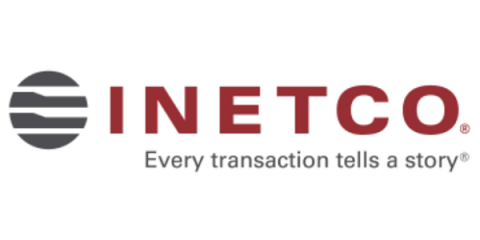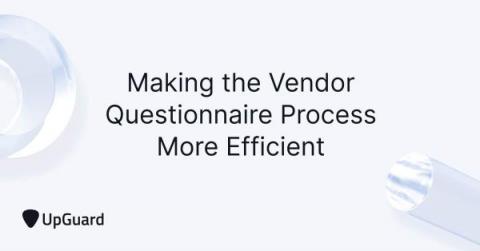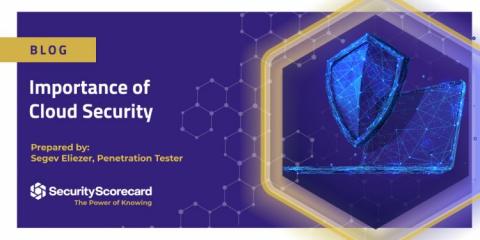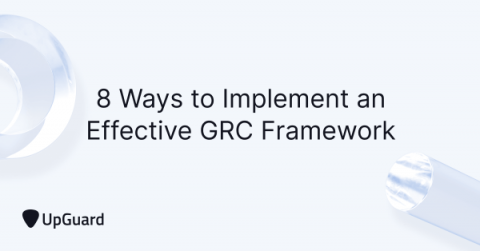Security | Threat Detection | Cyberattacks | DevSecOps | Compliance
Latest News
A pragmatic approach to risk management & resilience
Cybersecurity starts with the ability to recognize your cyber risk. We will explore several topics related to taking a practical approach to managing risk and achieving cyber resilience. This is a blog series with collective thoughts from Bindu Sundaresan, Director AT&T Cybersecurity, and Nick Simmons, AVP, Cybersecurity. Cybercrime has become increasingly frequent, complex, and costly, posing a risk to all businesses regardless of size. How do you plan to respond when falling victim to a breach?
Reducing Risks of Real-Time Payments Adoption
2023 might be a really important year for real-time payments (RTP) development in North America. FedNow, a real-time payments service, is on track to go operational in 2023 in the USA, while the Real-Time Rail (RTR) payment system will be fully launched in Canada, also in 2023. Currently, in their test phases, these payment systems will go mainstream next year, making faster payments more accessible to smaller financial institutions and businesses.
How Integrated Risk Management Solutions Protect Organizations
What Is Management Override of Internal Controls?
Making the Vendor Questionnaire Process More Efficient (in 2022)
Vendor security questionnaires are frustrating, both to the organizations sending them and the vendors receiving them. While these frustrations remain unaddressed, they will only continue to impede the efficiency of vendor risk management programs. Fortunately, suffering through security assessments isn’t an unavoidable by-product of a Vendor Risk Management program. With the correct strategies, you can streamline the entire assessment questionnaire lifecycle. Read on to learn how.
4 Ways Using SecurityScorecard Can Help You Monitor Vendor Risk
According to a Gartner report, 60 percent of organizations work with more than 1,000 third parties that connect to their internal systems, and nearly 58 percent of organizations believe they have incurred a vendor-related breach. Many third parties require more access to organization data assets and are increasingly working with their own third parties, further multiplying the size and complexity of the third-party network.
Importance of Cloud Security
The concept of storing sensitive data in the cloud was once seen as ludicrous. Now, businesses are moving into cloud security at an exponential rate with the promise of larger storage space, lower costs, and improved performance. However, with such great benefits come severe risks.
8 Ways to Implement an Effective GRC Framework
Governance, Risk, and Compliance (GRC) is a broad organizational strategy that aims to align an entire organization’s focus on the achievement of business objectives, the management of business risks, and regulatory compliance. A solid foundational framework enables your organization to continue strengthening and refining its GRC strategy over time. It ensures each department’s objectives align with the business as a whole.
The Increase in Ransomware Attacks on Local Governments - What Makes Public Sector Organizations Vulnerable to Ransomware?
In Spring 2022, Lincoln College announced that it would permanently close on May 13 and noted that a December 2021 ransomware attack had contributed to its closure.









